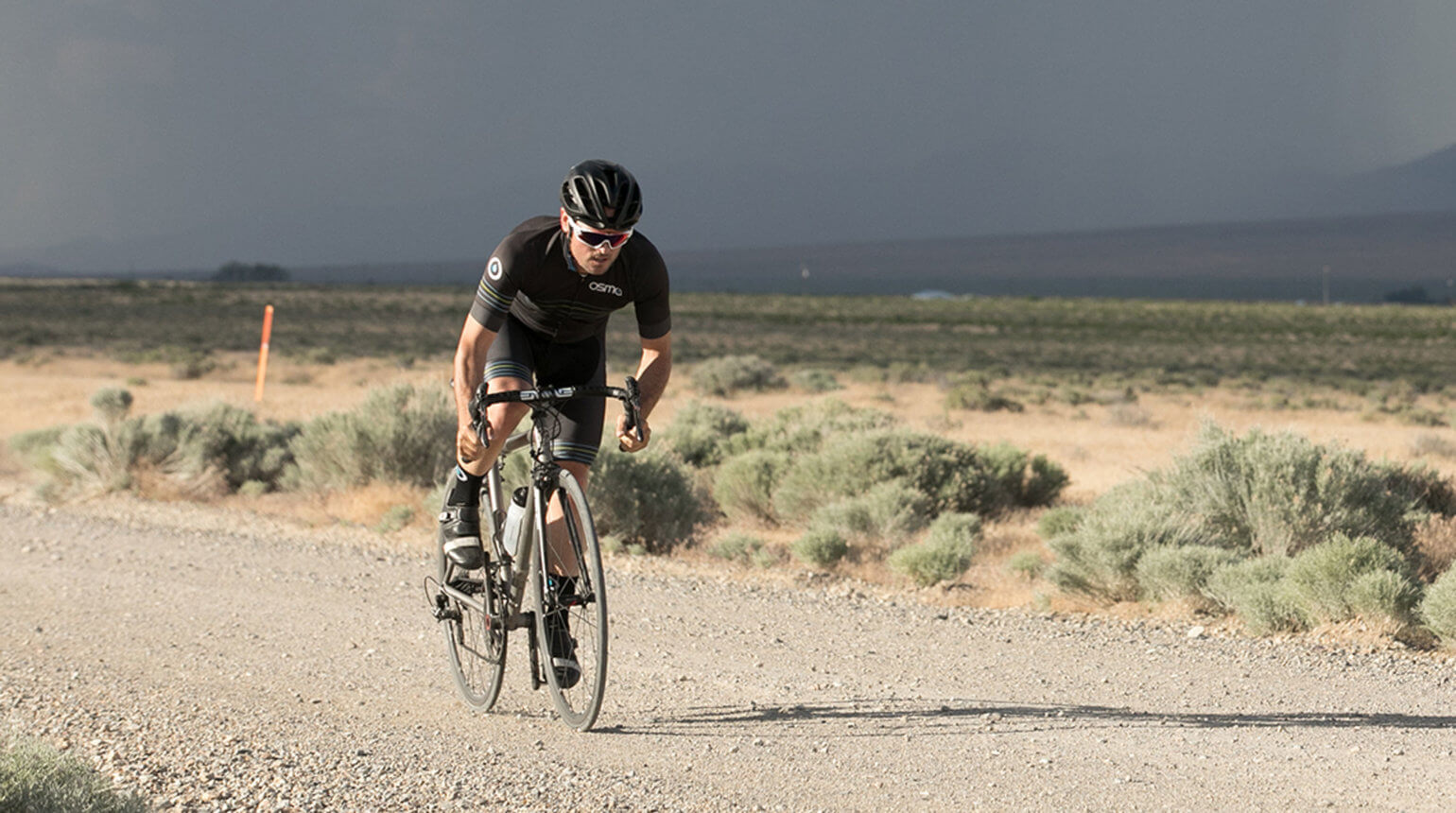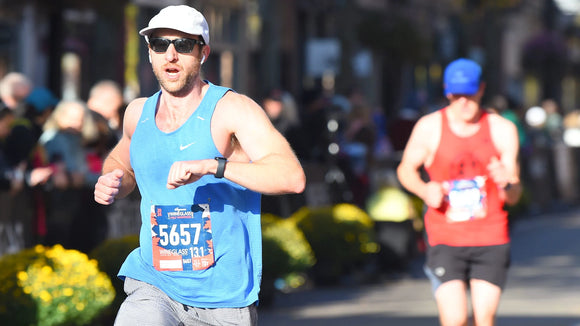While the best cyclists can make a grueling ride look effortless, cycling requires great amounts of power, speed, and strength. To maintain your energy and make the most of your ride, proper hydration is essential. For example, if you go for a ride when you are 2% below your optimal hydration level—which is usually where you are when you start to feel thirsty—your power output will decrease by up to 11%.
In fact, even mild dehydration—less than 1% below your optimal hydration level—can result in poorer performance. Furthermore, cycling while dehydrated leads to increased pain, making your ride much less enjoyable than it should be. Dehydration also contributes to fatigue, causing you to bonk faster than you might if you were fully hydrated.
How can you prevent fatigue and cramping while improving your performance? Hydrating properly during your ride will improve your performance and delay fatigue.During your workout, start drinking immediately and continue drinking small sips every 10 to 15 minutes or so. Drinking Active Hydration throughout your ride will help replace body water as quickly as you lose it, which in turn will offset cramping and fatigue.
Another important consideration for cyclists is the osmolality of their hydration drink. Osmolality is a measure of how much solid is dissolved in the fluid—basically, how “dense” the fluid is. The osmolality of the fluid you ingest needs to be equal to or lower than the osmolality of blood for your gut to absorb it. If the osmolality of the ingested fluid is too high, then the liquid will be kept in the stomach, and body water will be drawn from the bloodstream to absorb it. Essentially, if the osmolality of your drink is too high, you’ll dehydrate yourself further. Choosing a drink with the right osmolality is essential for proper hydration, as well as preventing gastric distress.
Lastly, what you consume after you ride is as important as what you ingest during. The three most important things to accomplish during recovery are 1) stopping the body’s exercise-induced catabolic (breakdown) response; 2) taking in high-quality protein to facilitate muscle repair; and 3) restoring the body’s glycogen stores. Our Recovery mix is made of a 2:1 protein to carbohydrate ratio with 30mg of caffeine. The protein shuts down the breakdown from exercise and enables muscle repair, while the carbs provide glycogen, helping to speed your recovery and get you back on your bike feeling great.
Make the most of every ride you take by hydrating effectively during your ride and recovering with the right nutrients after. No matter how hard you’re working on the bike, you should still feel as great as possible while doing it. Take care of your body and avoid cramping, fatigue, and injury by hydrating properly and getting the right nutrients during recovery.
[1] Bardis, C. N., Kavouras, S. A., Arnaoutis, G., Panagiotakos, D. B., & Sidossis, L. S. (2013). Mild dehydration and cycling performance during 5-kilometer hill climbing. Journal of athletic training, 48(6), 741-7.
[2] Nicole E. Moyen, Matthew S. Ganio, Lenny D. Wiersma, Stavros A. Kavouras, Michelle Gray, Brendon P. McDermott, J.D. Adams, Ashley P. Binns, Daniel A. Judelson, Amy L. McKenzie, Evan C. Johnson, Colleen X. Muñoz, Laura J. Kunces & Lawrence E. Armstrong (2015). Hydration status affects mood state and pain sensation during ultra-endurance cycling, Journal of Sports Sciences, 33(18), 1962-1969.



